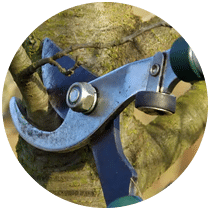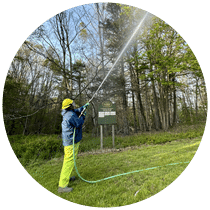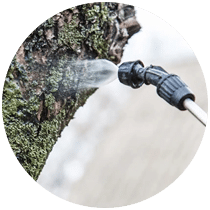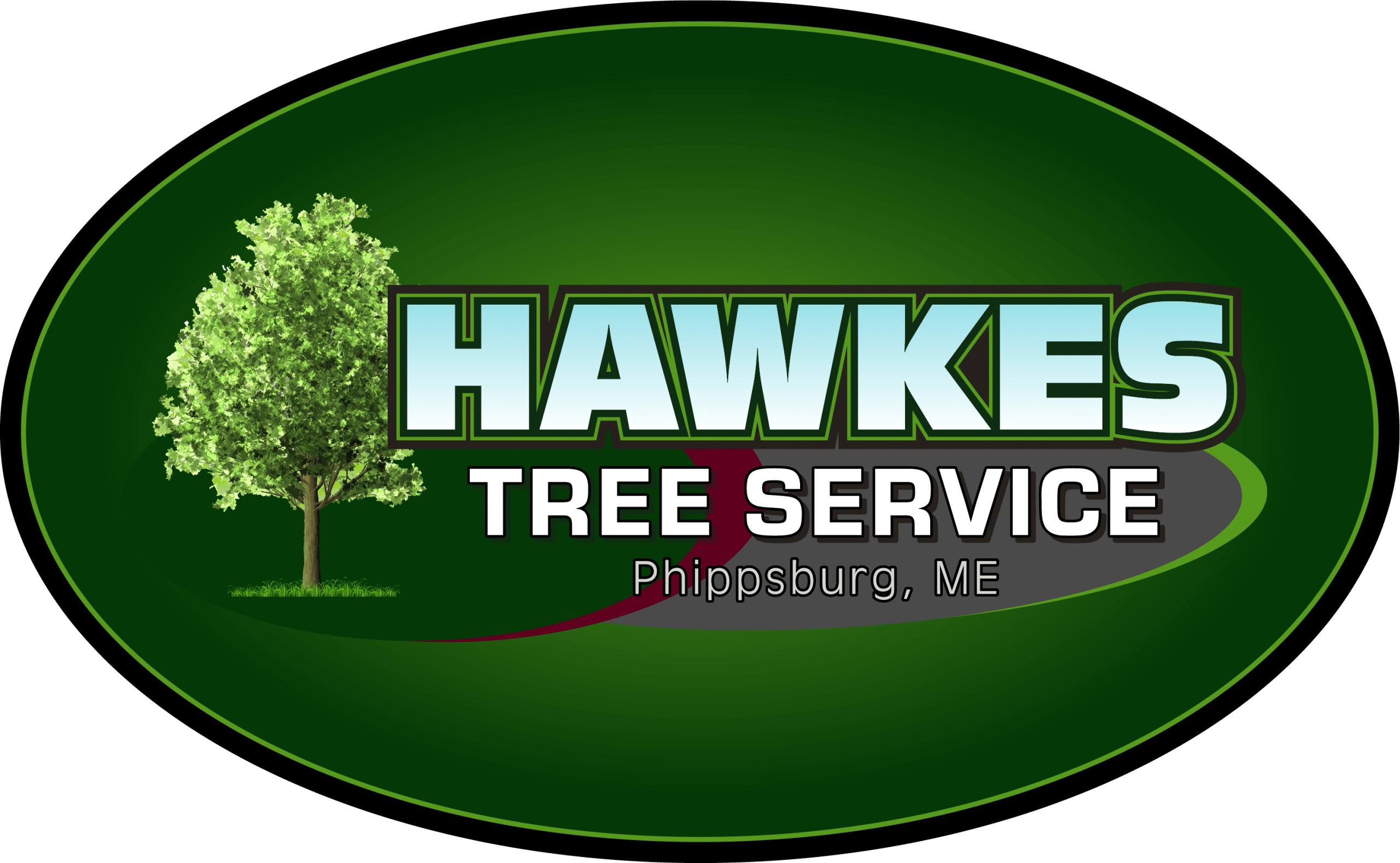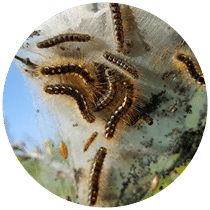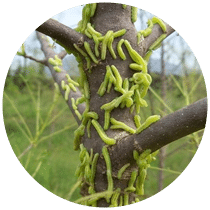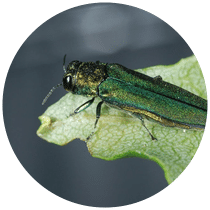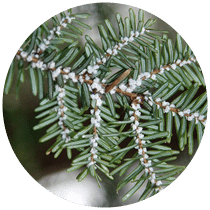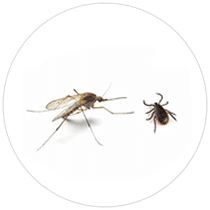Maine’s Integrated Pest Management Experts at Hawkes Tree Service
Our approach goes beyond conventional pesticides. We prioritize site inspections, pest monitoring, and diverse control methods, including mechanical, sanitation, and biological controls.
At Hawkes Tree Service we understand that there is more to pest management than the use of short-term chemical controls. We prioritize site inspections, pest identification and monitoring, and offer diverse management methods to ensure individualized treatment for your specific needs. Our integrated pest management plans utilize mechanical, cultural, and chemical treatment options or a combination of these options when necessary. When required, we have licensed and trained Maine pesticide applicators on staff to provide essential treatments to treat your property.
COMMON PESTS WE MANAGE
Methods We Use
At Hawkes Tree Service we use Integrated Pest Management (IPM) to determine the best plan of action for each property we manage. The first steps are to assess the property, identify the target pest and select appropriate treatment methods. IPM is a dynamic approach to managing pests by
combining biological, cultural, physical, and chemical tools in a way that minimizes economic and environmental impacts. Here at Hawkes Tree Service, we understand that there is more to pest management than short-term solutions.
We use site inspections and proper pest identification to develop a custom plan with each customer, allowing us to control pest populations and protect the health and intrinsic value of your trees. Treatment options we offer are manual pruning or removal, systemic trunk injections, systemic soil injections, basal bark and hand-held spraying options, and high-powered foliar spraying. Each property has the potential for a single or combination of treatment options.
